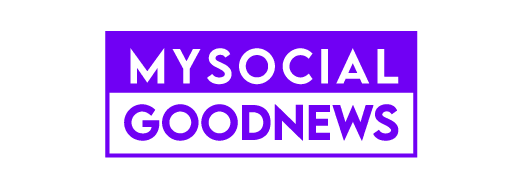By Peter Olsen-Phillips
The Chronicle’s Philanthropy 400 ranks the U.S. charities that raised the most from private sources in the 2015 fiscal year. Donations include cash, stock, land, and goods such as pharmaceuticals and food. Government grants, however, were excluded.
The results were compiled from IRS Form 990 informational tax filings, college fundraising figures compiled by the Council for Aid to Education, a survey sent to nearly 520 tax-exempt organizations, and annual reports and financial statements.
Because the Philanthropy 400 reports only on nonprofits in the United States that solicit donations from the public, private foundations were excluded, as were organizations based overseas and any overseas affiliates of domestic groups. The Chronicle did not include nonprofits controlled by government agencies or organizations that do not solicit donations from the public.
Interorganizational transfers were also excluded, as were conservation easements.
Nonprofits with affiliates were asked to provide consolidated figures that included private contributions raised by those affiliates. In a few cases, organizations with affiliates that did not file a consolidated Form 990 or provide data to The Chronicle were excluded from this year’s rankings.
To provide data for the 2015 fiscal year, some charities relied on draft 990s or unaudited financial statements. Figures that are estimates are noted.
Because fiscal years vary from group to group, the figures in this report do not always cover the same time period. In addition, 2015 figures were not available for 24 organizations, so The Chronicle used 2014 fiscal-year data instead. Those cases are noted.
Historical Data
Because organizations sometimes release or revise figures after publication, we have made updates to our historical data since our last report. Working in conjunction with William Suhs Cleveland, who recently completed his doctorate at Indiana University’s Lilly Family School of Philanthropy, we have obtained updated figures from GuideStar and the Urban Institute’s National Center for Charitable Statistics and made appropriate updates in this year’s table.
Wherever possible, the data include donations received by affiliates with the same brand or under the same governing-board leadership. Data from Forms 990 showed that in some cases excluded groups should have been in the original rankings, and their figures have been added.
Colleges and Religious Groups
For private and public colleges and universities, The Chronicle uses data collected by the Council for Aid to Education in its annual Voluntary Support of Education survey. Figures obtained from the council, however, are based on a different methodology than is used on the Form 990. Filers of the Form 990 (and respondents to our survey) generally count pledges in the current year, while the CAE survey asks colleges to include only donations received and not unfulfilled pledges. Colleges and universities whose figures come from the council’s survey are marked with an asterisk.
Colleges’ in-kind giving data also come from the CAE survey and include gifts of real estate and other property as well as product and in-kind donations from corporations.
Some fiscal data on this list are for individual college branches and others are for consolidated college systems. In most cases, we used data on individual colleges. However, we included some university systems in this year’s 400 because that’s what was submitted to the Council for Aid to Education. When we used a system’s figures, we excluded the individual branches that make up the system to avoid double counting private support.
This year’s Philanthropy 400 relies on college revenue data from the Department of Education’s Integrated Postsecondary Education Data System. Its annual surveys collect data from every higher-education institution that participates in federal student financial-aid programs. These revenue figures come from the 2014 academic year, the latest for which full data are available. The total-revenue figures for private nonprofit institutions were compiled using the Financial Accounting Standards Board standards and include total income and investment return. Revenue for public nonprofit institutions were compiled using the Governmental Accounting Standards Board guidelines.
Certain religious organizations are exempt from filing a Form 990. The religious organizations that appear in this year’s rankings shared their financial data with The Chronicle or filed a Form 990 anyway. Those that did not share their fiscal information and did not file a 990 are not included.





